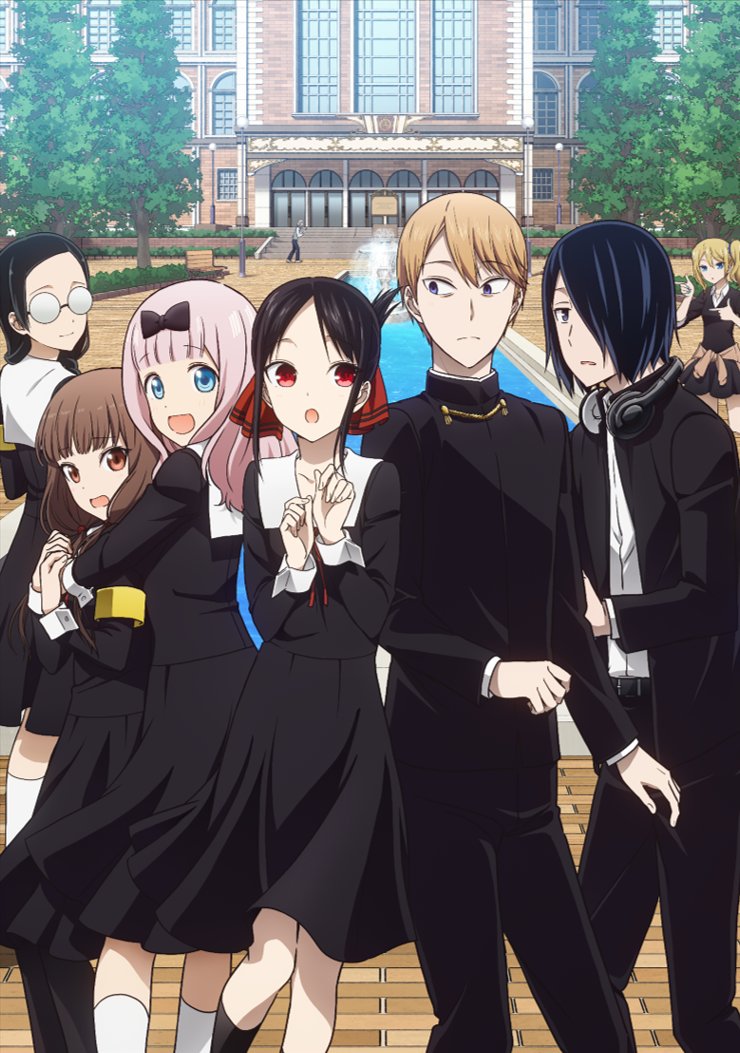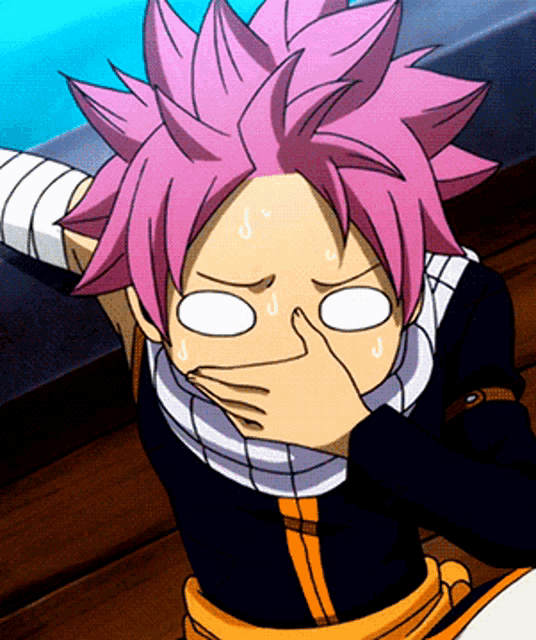Supporting a mangaka, or a manga creator, is a great way to show appreciation for their work and to contribute to the continuation of the manga industry. Here are a few ways to support a mangaka:
Purchase their manga
One of the most straightforward ways to support a mangaka is to purchase their manga. This includes buying physical copies of the manga or purchasing digital copies from authorized sources. By purchasing the manga, you are directly contributing to the mangaka’s income, which helps them continue creating new and exciting stories.
Review and rate the manga
Another way to support a mangaka is to leave a review or rating for their manga on online platforms. This helps others discover the manga and can also help the mangaka by increasing visibility for their work. Additionally, it can also be beneficial for the mangaka to receive feedback from readers, as it can help improve their future works.
Share the manga on social media
Share the manga on your social media platforms. This helps to spread awareness of the manga, and it can also encourage others to purchase it. Additionally, it can help the mangaka by increasing visibility for their work.
Attend events and meet-ups
Another way to support a mangaka is to attend events and meet-ups where they will be present. This includes conventions, book signings, and other events. By attending these events, you are showing your support for the mangaka and their work. Additionally, you may also have the opportunity to meet the mangaka in person, which is a great way to show your appreciation for their work.
Support official merchandise
Support the mangaka by purchasing official merchandise related to their manga. This includes t-shirts, keychains, and other items. This helps the mangaka by providing them with additional income, and it also helps to promote their work.
Support the official publisher
Many mangaka work with official publishers. Support the official publisher by buying the manga from them, and by supporting them on social media. This helps to keep the manga industry alive, and it also ensures that the mangaka is compensated for their work.
Donate to their Patreon or Ko-Fi
Some mangaka have a Patreon or Ko-Fi account where they allow fans to support them financially. This can be a great way to support a mangaka, as it provides them with a steady stream of income and enables them to continue creating manga.
Learn more about the mangaka
Learn more about the mangaka and their work by reading interviews, articles, and other information. This can help you understand the mangaka’s creative process and the inspiration behind their work. Additionally, it can also help you to appreciate the mangaka’s work even more.
By supporting a mangaka, you are not only showing your appreciation for their work, but you are also helping to ensure that they can continue creating new and exciting stories for years to come. It’s important to note that supporting the manga industry in general and the mangaka’s work is important, but it’s also important to support the mangaka in a respectful and legal way. This means avoiding pirated copies of manga or supporting unauthorized scanlations. It also means supporting the mangaka and the industry through official channels such as buying from authorized retailers and supporting official merchandise. Additionally, it’s important to be respectful towards the mangaka and their work, and not to engage in harassment or disrespectful behavior.




